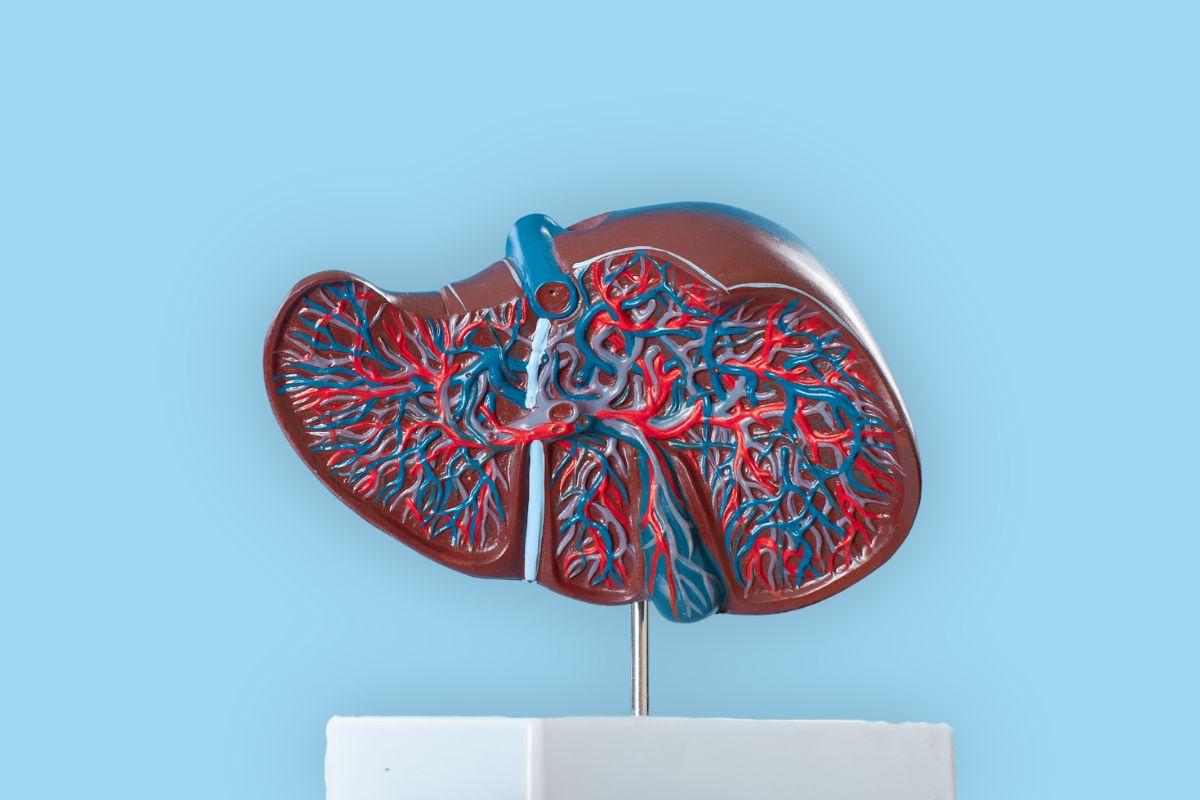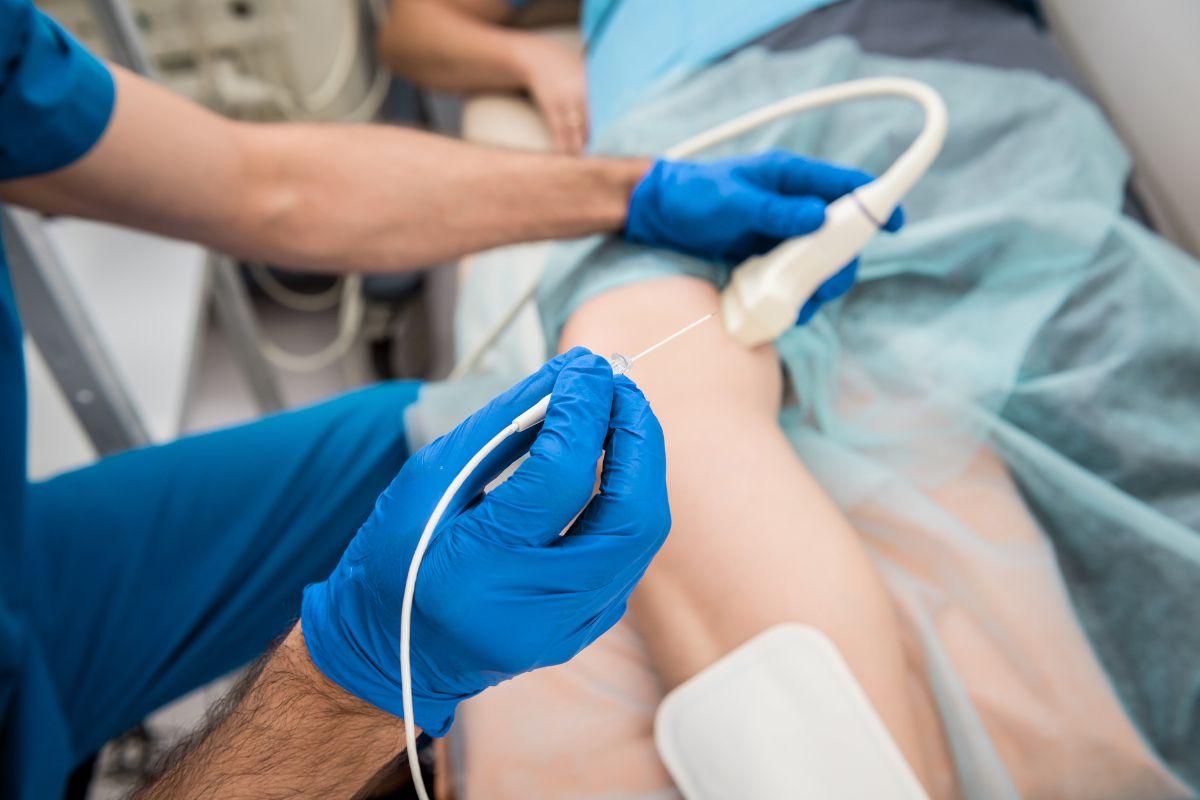Written by Miss Sharmina Khan for Doctify
Losing part or all of your eyesight can be a frightening notion, however it is something that often occurs with age. Here to tell us a little more about what to expect when this happens is Ophthalmologist, Miss Sharmina Khan.
What is a cataract?
Cataractogenesis is an ageing process, whereby the anti-oxidant defence capacity in the front of the eye is exceeded by a lifetime of cumulative oxidative damage within the crystalline lens. This results in clouding of the normally clear lens structure.
Who is most likely to suffer from cataracts?
I usually tell my patients that, like grey hairs, we all eventually develop cataracts – it is part of the natural ageing process.
In specific situations cataract formation is accelerated, for instance:
- diabetes mellitus
- steroid use
- previous ocular surgery
- ocular trauma
- poor nutritional status
- tobacco smoking
Younger patients can develop cataracts if there is a family history and this is called congenital cataracts.
What are the symptoms of cataracts and when should you see a doctor?
This is a common perception by many patients I speak to and often their referring optician that you should wait until your cataract is “ripe”, this certainly shouldn’t be the case in the 21st century in the UK. You should seek help when your symptoms are affecting your daily activities.
For example:
- excessive glare when driving at night or from sunlight
- blurred vision that affects your ability to readily recognise faces or read a newspaper
- difficulty seeing uneven ground or generally affecting your ability to carry out your everyday activities or hobbies
In the UK, driving standards for vision are currently Snellen 6/10 corrected which means you should clearly be able to see a car number plate at 20.5 metres with your best vision. For some this is spectacle free for others this requires wearing spectacles to achieve this level of vision.
Cataracts don’t cause watery or sticky eyes. They typically don’t cause a red eye unless infrequently associated with acute glaucoma in a hypermature cataract and even then this scenario doesn’t always present with a red eye alone but can cause pain or headache.
What is the treatment for cataracts?
Cataract extraction and lens implant is carried out in most cases under local anaesthesia with or without sedation. In few cases is this surgery carried out under general anaesthesia.
The technology used in the vast majority is phacoemulsification technology; which involves a small probe the size of a pen inserted into the eye through a 2.2 to 2.4mm incision to emulsify (break-up) the natural lens, by a employing a vibrating piezoelectric crystal at 50MHz, into small manageable pieces. Which means you won’t be given your lens to take home in one piece in a pot!
Few NHS centres and a growing number of private centres also use an advanced technology called called femtosecond laser to enhance the accuracy and predictability of certain steps in this surgical procedure. However, the debate amongst some surgeons continues as to whether or not it is an essential requirement due to the cost.
Different types of lens implants can be used depending on your expectations for your visual outcome and the expertise of your surgeon. To summarise there are three main types of lens implants:
- Standard monofocal implant
- Toric (astigmatism correcting) implant
- Advanced technology- multifocal/trifocal/extended depth of focus implant
Your vision can be corrected for good distance vision in both eyes and you wear glasses for reading & writing using standard monofocals. If you have significant corneal astigmatism you would require toric lens implants. If you want to be able to see clearly for both near and distance then you should discuss your suitability for either blended micro-monovision or a multifocal/trifocal lens with your surgeon.
95% of surgeries results in a good outcome, 1: 1000 develop devastating visual loss due to an inflammatory response to microbes called endophthalmitis, 1: 100 may require a second procedure and 1: 10 need YAG laser treatment as an outpatient 6 months or more following surgery.
A cataract once removed doesn’t grow back and the lens implant inserted is not biodegradable and will outlive you in your grave!
Are there preventative measures one can take to prevent cataracts?
There are no proven preventative methods one can take. Sunglasses, large brimmed hat in the sun has not been proven to prevent age-related cataracts. Stopping smoking doesn’t reverse the oxidative damage that has already occurred, increasing vitamin supplements doesn’t prevent it either.
Driving with cataracts
You should inform the DVLA if you have cataracts in both eyes and drive. You don’t need to if it is in only one eye and the other eye has good vision (your surgeon will advise).
If you drive a car for a living, or drive a bus, coach or lorry you must inform the DVLA irrspective. Please go to GOV.UK for further information.




